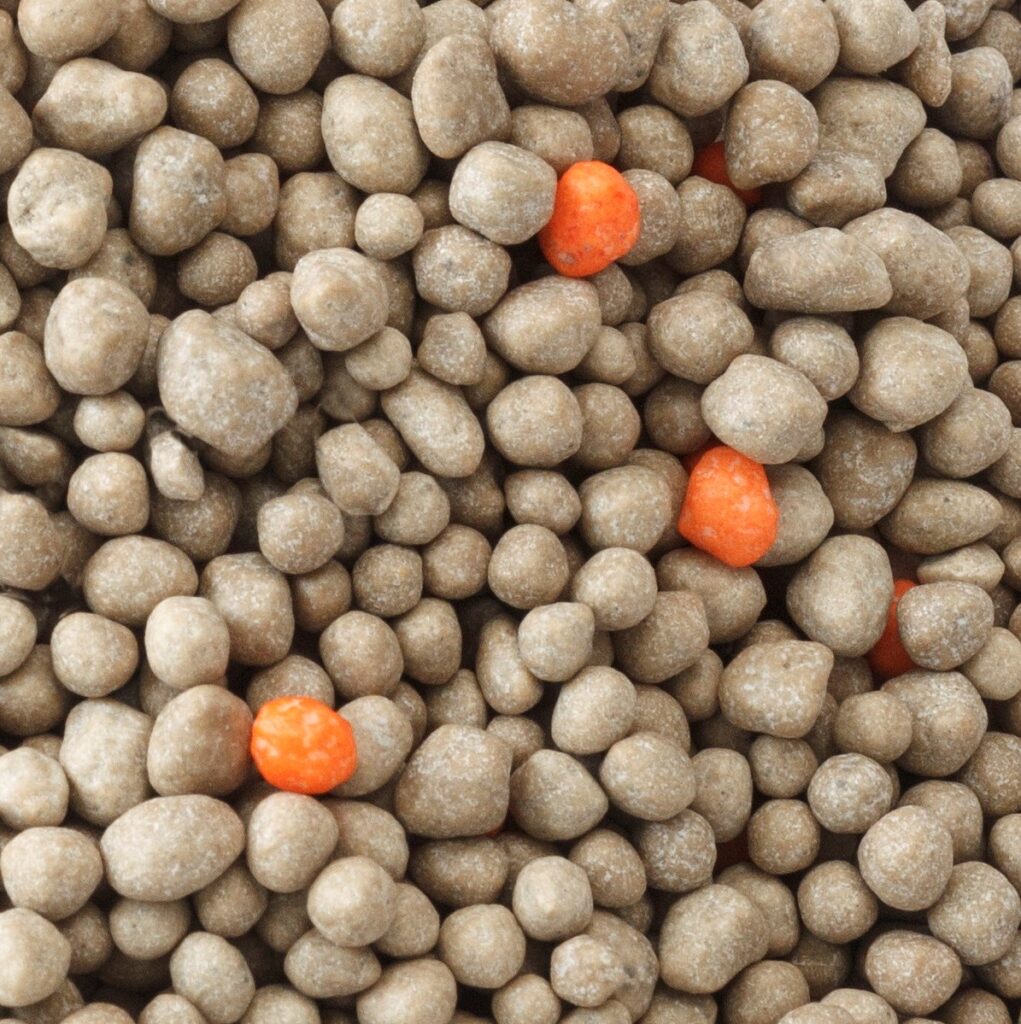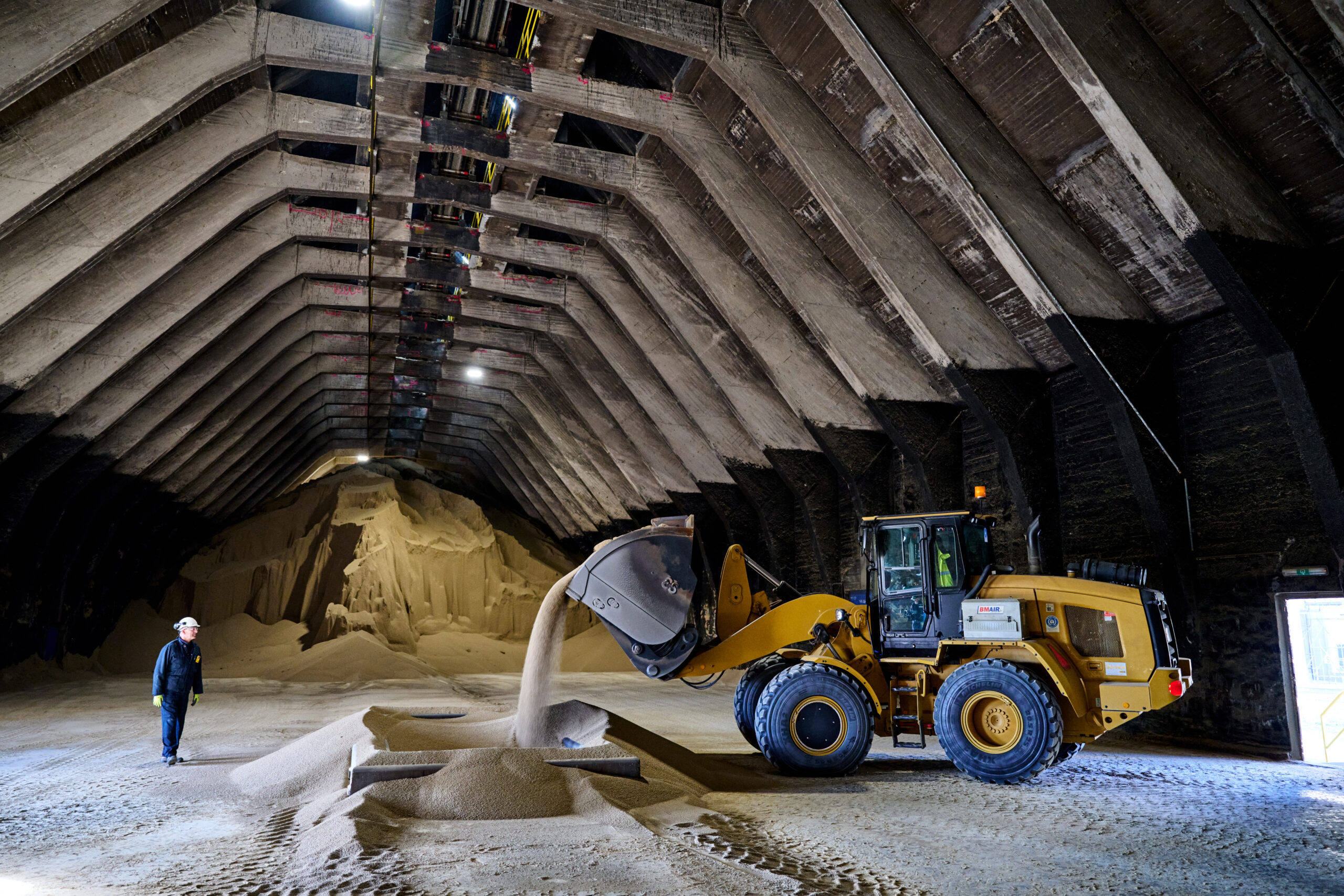By Aviv Bar Tal, Global Vice President Commercial Nitrogen at OCI Global
Our rapidly growing world is facing increasingly complex and urgent challenges, from the accelerating pace of climate change and the loss of natural resources and biodiversity, to intense pressure on food security and energy systems.
We cannot produce more food and support our growing population – predicted to reach 9 billion by 2050 – without nitrogen-based fertilizers, which account for 50% of current food production and are essential to maximizing crop yield and minimizing soil degradation.
The way forward
It’s a significant challenge, but there are solutions. Ammonia is the basis of nitrogen fertilizers and its production accounts for about 2% of total final energy consumption , a significant portion of which comes from fossil fuels today. By decarbonizing the ammonia production process, downstream nitrogen fertilizers become lower-carbon-produced products. Today, OCI Global is one of the few ISCC PLUS certified low-carbon and renewable ammonia producers, and the company uses its ammonia to make its lower-carbon calcium ammonium nitrate (known as Nutramon) and urea ammonia nitrate. Both are independently certified as having amongst the lowest carbon footprints, against comparable fertilizers, in the world, proving that low-carbon and green nitrogen fertilizer products can be achieved.
Downstream impact
Applying lower carbon Nutramon to produce lower-carbon wheat and flour results in a reduction of about 14% to the life cycle carbon footprint of a baguette. When you compound that impact across multiple food chains and locations, the potential is huge. And applying lower-carbon Nutramon as a fertilizer has a very marginal cost on feed and food products. For example, the additional cost to produce a baguette using wheat grown with lower-carbon Nutramon is around €0.003, meaning there is nearly zero additional cost to the consumer.

OCI has proven use cases for our lower-carbon fertilizers in several grain value chains, pioneering the low-carbon production of bread and other staples from low-carbon wheat flour, and of Scotch whiskey from low-carbon malting barley and distilling wheat.
In partnership with AGRAVIS Raiffeisen and Dossche Mills, we are reducing the environmental impact of bread on store shelves through the use of OCI’s lower carbon Nutramon fertilizer to grow the wheat used to make flour. Compared to conventional fertilizers, Nutramon has a lower greenhouse gas balance, offering up to a 50% reduction (cradle-to-gate) with the potential to decarbonize significantly more when the value chain is able to pay for the additional reduction. The fertilizer is certified by ISCC PLUS, which guarantees the responsible sourcing of sustainable raw materials based on a mass balance approach. In this case, it is linked to biomethane derived from biobased waste and residue streams as an alternative for natural gas.
OCI also recently delivered the first UK shipment of lower carbon Nutramon to Simpsons Malt’s Northumberland farm and other trial sites as part of an exciting new project to significantly reduce the carbon footprint of malting barley and distilling wheat, which will expand to growers across the Simpsons Malt agricultural network from autumn 2023 following initial trials this season. By using lower carbon Nutramon, the partners are decarbonizing the supply chain and lowering the carbon footprint of Scotch whisky.
Building momentum with regulation and education
We hope that these first movers embracing lower-carbon fertilizer are just the start. There is promising momentum for a larger-scale transition to lower-carbon and renewable feedstocks. To meet the potential demand, OCI has several projects in the pipeline, including its a 1.1 million metric ton per year blue ammonia greenfield project in Texas, which once commissioned will be the largest of its kind in the world, and its green ammonia project in Egypt, which has successfully produced and sold the first commercial green ammonia to be produced in the region.
However, these pathways require significant capital investment and still result in higher cost of production, compared with conventional methods. Without collaboration throughout the ammonia and nitrogen fertilizer value chain, and crucially without regulatory and financial incentives, the transition to low-carbon and renewable ammonia and nitrogen fertilizers will remain out of reach for producers.
First, farmers need to be incentivized and supported. They need the right tools and education programs to apply sustainable intensification practices that help them maximize the use of existing farmland in support of food security, while minimizing the environmental impact. Measures include:
- Replacing conventional mineral fertilizers with inhibited fertilizers, which improves fertilizer use efficiency, mitigates climate change and reduces nitrogen losses to the environment significantly. There is clear evidence that inhibitors (nitrification inhibitors and urase inhibitors) are an indispensable part of the road to net zero scope 3 emissions and decarbonizing the nitrogen fertilizer industry.
- The use of harmonized standards and indicators such as the NUE Indicator. This was developed by the EU Nitrogen Expert Panel, and is able to provide information about resource use efficiency.
- The use of precision farming tools and techniques that can help farmers to effectively assess crop nutrient requirements.
- The adoption of “4R” principles: using the right fertilizer source at the right rate, at the right time and in the right place.
- The use of targeted fertigation (the injection of fertilizers into an irrigation system) techniques.
Second, public policy needs to evolve. Some established policies, having achieved their initial objectives, now create perverse incentives for inefficient fertilizer use and should be reformed. In other areas, new regulations, payments or emissions pricing schemes may be needed. The appropriate levers will vary by geography and farm type, and those making reforms should carefully consider the impacts on farmers.
Learnings from success stories in other sectors can also be applied on the food value chain. For instance, end-user mandates on the use of a portion of green and biobased fuels in road transport have proven to be a successful pull factor to decarbonize value chains, at minimal cost to end users. This analogy could be applied successfully to the food-value chain, where for instance food processors could be mandated to use a fraction of low carbon produced crops in their total portfolio. This gives the farmer a fair revenue model to justify the higher costs for lower carbon fertilizer use, or other low carbon techniques.
Finally, the economics must make sense for not just the farmers, but also the producers. Governments need to provide incentives and funding for ammonia and nitrogen fertilizer producers who often carry the burden of investing in technologies and alternative feedstocks without commensurate economics to support the transition.

Building a better future together
Together, we can achieve food security and net zero, but today, the barriers to scale the solutions outlined remain immense. They are not insurmountable, but it will take bold action across the value chain if we are to create the necessary change to meet the dual challenge of climate action and food security. Governments, producers, farmers and food manufacturing need to come together and evolve together into the pioneers we need to feed our world more sustainably.
This article was first published in the July/August edition of Fertilizer Focus by Argus Media

